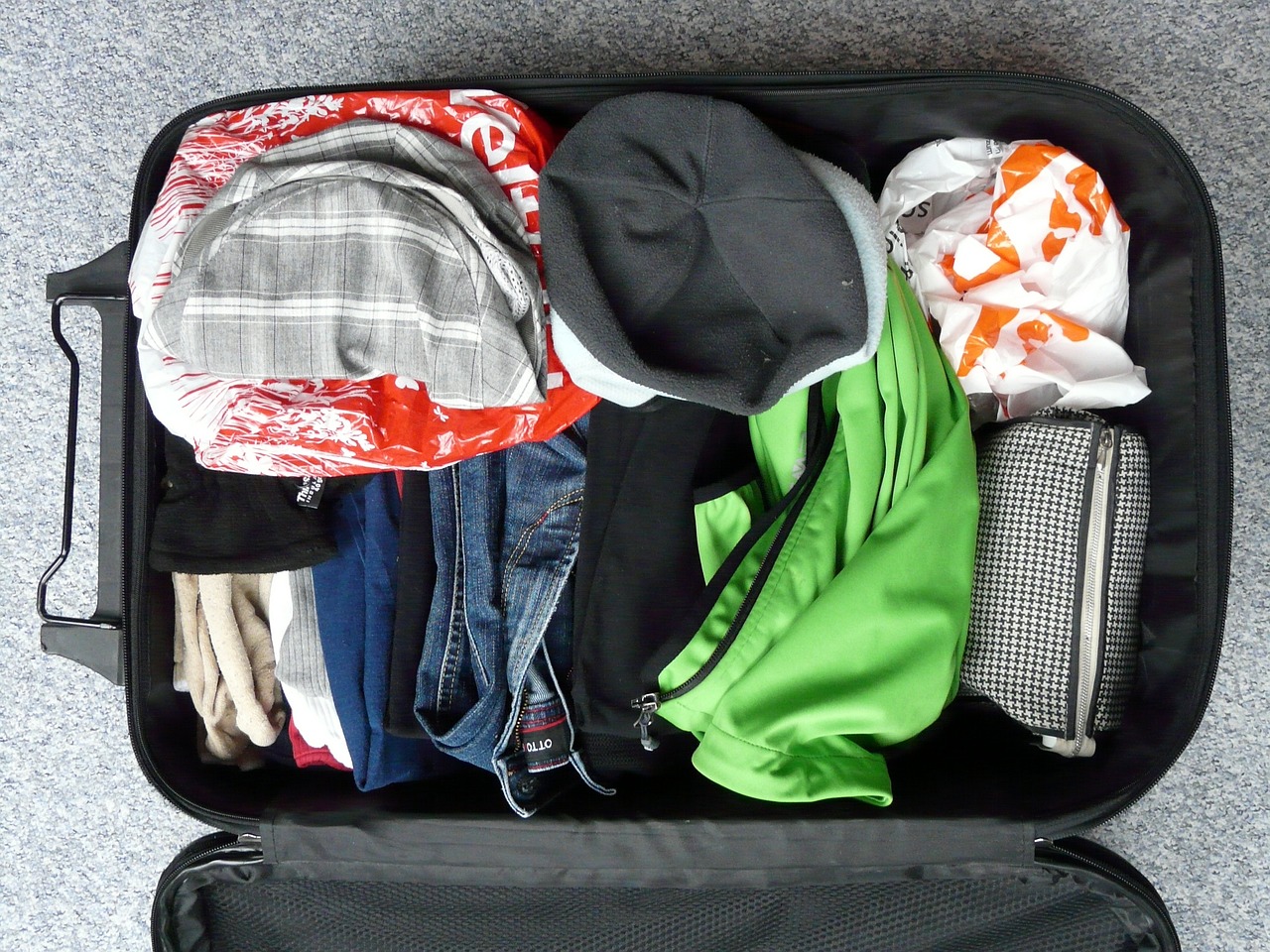
The most fun time of the year is when you're on vacation. Purchasing tickets, selecting a tour, and reserving lodging elevate your spirits in hope of a miracle. Unfortunately, a lot of long-distance travelers dislike packing a suitcase for a trip. They put off doing this unpleasant task until the very last minute and are then shocked to find that they have forgotten to bring essentials or, on the other hand, have taken numerous superfluous items. We offer packing advice that will streamline the process and improve traveler comfort.
-----------------
-----------------
1. Make a list of the things you need.
Make a list of the items you will need for each scenario when you travel on a lengthy journey. Verify the destination's weather prediction for the upcoming week. Arrange everything you own on the floor or in your bed. Take a look at the peak; you could find something valuable to bring back home. If there's nothing to cut, you can put the most difficult portion of the work behind you. Keep your carry-on and luggage apart. Make two stacks of items.
Put everything you'll need for the flight, including cash, documents, electronics with chargers, a pack of wet wipes, and an insulating sweater, in your hand luggage. Everything else can be brought along as checked baggage in a suitcase or backpack.
2. Decide on a suitcase or backpack.
Traveling is expensive, but you can save money on clothes for your trip, but not on a bag, an experienced traveler will tell you. It must be strong and of excellent quality. To shield your luggage from spills, dust, and scratches, use a suitcase cover. Alternately, wrap it yourself with regular food wrap; this will help you avoid anxiety and save money and time at the airport.
3. Start packing your suitcase.
Place bulky and heavy items, such shoes, on the back of the backpack or the bottom of the luggage. Stow fragile goods and rolled-up socks inside your shoes or boots to make the most of every available space. Stow each shoe in its own bag, making sure the soles face different directions and the toes are positioned against each other's heels. Line the spaces between shoes with non-wrinkling undergarments.
4. Layer heavier and thicker things (knitwear, pants) at the bottom and lighter ones on top. You can knot bulky items using office rubber bands or string to keep them from unfolding.
Almost anything, including t-shirts, pullovers, pants, and shirts, takes up less room and wrinkles less when rolled up. Initially, arrange them roughly as you would in a store: folds to folds, sleeves inside, and pant leg to pant leg. Next, roll each piece tightly into a roll.
5. Don't forget your first aid kit.
Take the basic minimum, including allergy medication, sunscreen, bandages, antiseptic and band-aids, antipyretics, painkillers, and burn ointment.
